How do you get coffee from Papua New Guinea? how do you grade Papua New Guinea coffee beans?
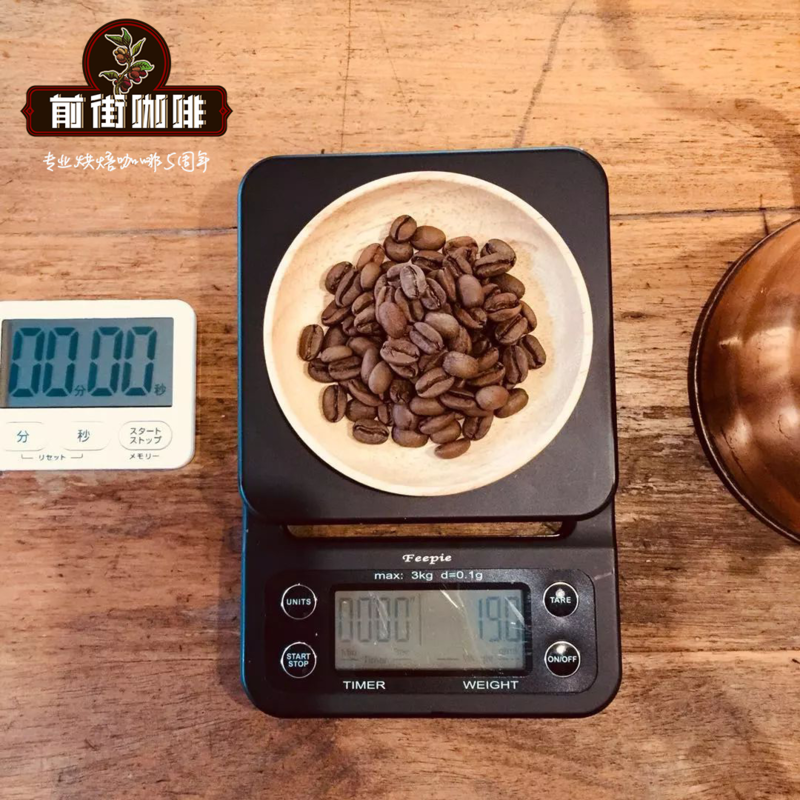
Papua New Guinea is a very special country, there are many primitive tribes in the country, and the biggest industry is agriculture. Coffee is one of them, but it does not account for a high proportion, but it is famous because the coffee in this country is known as the Little Blue Mountain. You may not be able to imagine that Pakistan belongs to the Asian region, which you think is incredible! Do you feel that this country is very mysterious? let's explore with Qianjie.
PNG's coffee production is not very high, its coffee beans are carefully washed Arabica beans. Generally washed coffee beans are full of bright fruit aromas, but do not have a strong acidity. It is characterized by a silky soft taste and excellent aroma, moderate acidity, is a relatively rare high-alcohol and medium-acidity coffee variety.
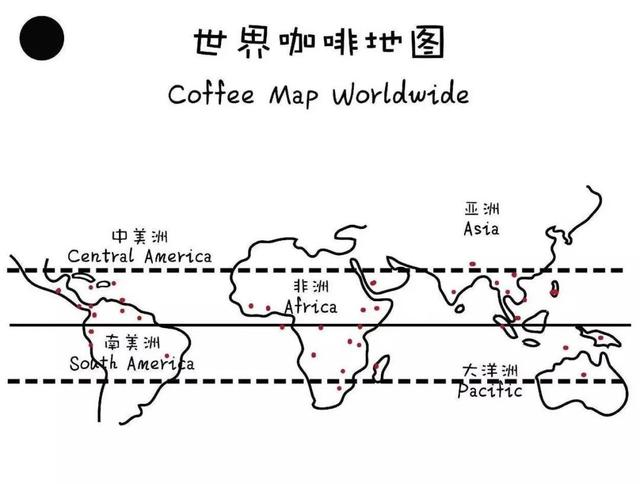
Flavor: nuts, sugarcane, spices
In recent years, Papua New Guinea Coffee began to bring its own unique high-quality washed Arabica beans, on behalf of Oceania to enter the ranks of the world specialtycoffee. The coffee style of Papua New Guinea has the characteristics of full particles, moderate acidity and mellow taste.
Papua New Guinea is an island country in Oceania. In Malay, "Papua" means "curly hair". It is said that in 1545, the explorer Retes arrived on the island and found that most of the people's hair on the island was curly, that is, the island was called "the island of curly hair", so the name was handed down. Papua New Guinea in the east of Indonesia, is a standard island climate, located between the equator and 10 degrees south latitude, with tropical rain forest volcanic rocks and plateau topography, between 1200 and 2500 meters above sea level, is a paradise for growing coffee.
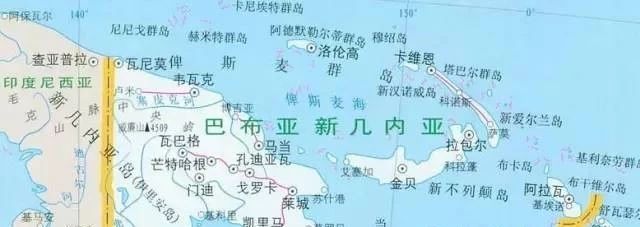
The local yield is small, and about 85% of the total coffee is produced by the garden cultivation system of small farmers. Small farmers join local cooperatives and share their processing equipment. Coffee is Pakistan's second largest export of agricultural products, which shows the importance of coffee industry to Pakistan's economy. Because the variety of coffee is different from that of Indonesia, and the altitude is higher than Sumatra, coupled with the use of water washing treatment, the regional taste of PNG coffee is different from Indonesia's muggy and low flavor, but has bright, sweet and sour, flower and fruit aromas, similar to the flavor of South America.
Papua New Guinea has a detached and primitive natural environment and its land is vast and fertile. Its unique volcanic rock soil and abundant rainfall create excellent natural conditions for the growth of coffee. The top coffee beans in Papua New Guinea are as beautiful and precious as the country's national bird of paradise.
Large estates / farms (plantation) usually have their own washing plants, and smaller individual coffee farmers are more likely to control the quality and flavor of their output. Located in the Wiki Valley of the western plateau of Papua New Guinea near the kimel Valley, Chimere Manor, like many large farms / estates, has its own washing plant, but it is in fact an estate owned by many independent small coffee farmers of the surrounding Opais people and, in a sense, a private cooperative. Due to the excellent growth conditions and the stable quality control process of the treatment plant, the coffee produced has an active sense of brightness and retains a considerable degree of flavor uniqueness of Papua New Guinea coffee.
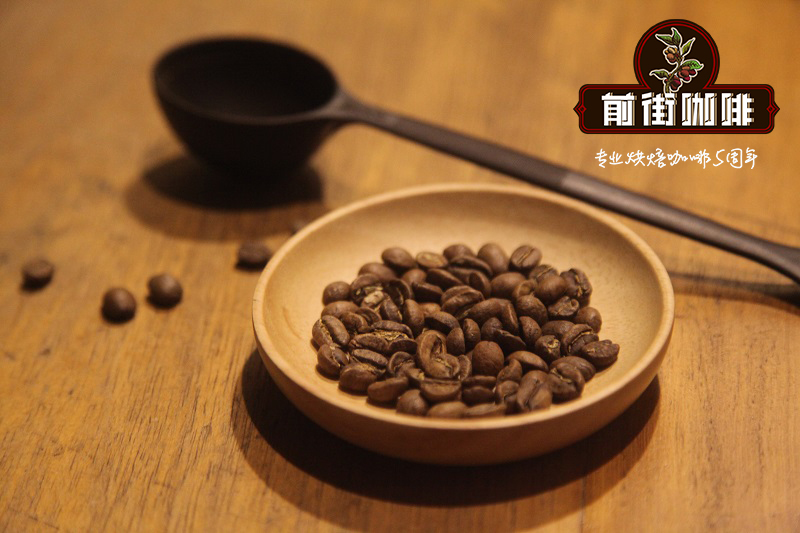
Another special feature is that the variety of coffee planted by Kimmel cannot even be counted with one hand: Typica, Arusha, BlueMountain, MundoNovo, Catimor, Caturra. Or even more-in fact, just as they don't put eggs in the same basket, most farmers actually grow different varieties to avoid the risk that a particular variety will fail to grow or produce less than expected.
Coffee grades in Papua New Guinea: a total of 12 grades, classified by defects
Grade Grade
Legume size Screen Size
AA
> 18
A
seventeen
AB
> 16 (50%)
> 17 (50%)
B
> 16
C
> 15
PB
11-14s
X
Mixed
E
> 19
PSC
> 15mm
Y1
Mixed
Y2
Mixed
T
Mixed
(for Arabica only)
The meaning and rules of the name of raw coffee beans in Papua New Guinea:
PNG Plantation Y
Country + planting type + grading name
In Papua New Guinea
Plantation (plantation) and Large Estates (large manor) account for 25% of the national output.
Small and medium-sized farms (Holdings or Blocks) with a size of 10-20 hectares account for 10% of the output.
In PNG, there are 76 registered plantations and estates.
Take the most eye-catching boutique AA and An as an example:
The main results are as follows: (1) AA and Grade A coffee belong to the grade of boutique coffee, mainly from larger estates.
In the case of AA, the size of the bean is larger than 18 mesh, and the shape of the bean is oval. Number of shortcomings: a maximum of 10 defects per kilogram. The appearance of raw beans is green and slightly blue. The taste of raw beans should be clean and the taste of baking should be clean and smooth. The taste of the cup should be excellent (Fine Cup).
(2) the size of Class An is larger than that of 17 mesh, and the cup test must be at least GTF (Good to Fine), that is, good to excellent taste-the number of other defects and the condition of raw beans are the same as AA.
Generally speaking, whether it is used to mix Italian products or general comprehensive coffee, it can make up for the lack of sour coffee, coupled with the scarcity of things, it has been favored by more and more coffee lovers in recent years.
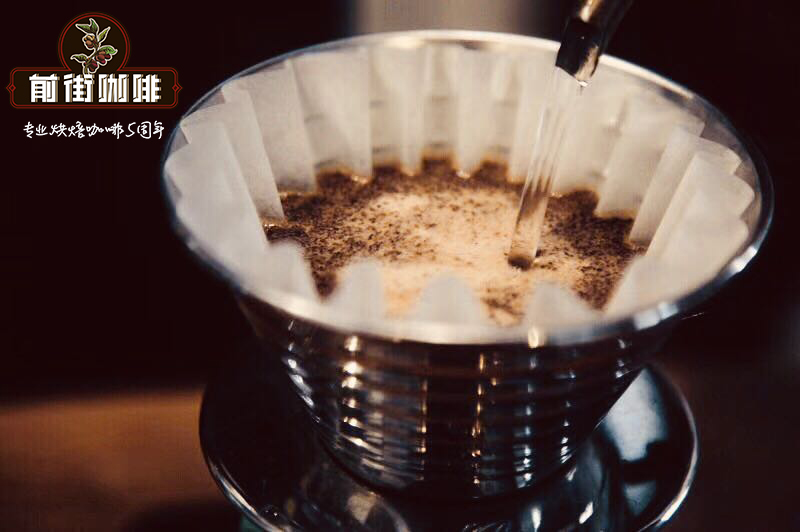
Important Notice :
前街咖啡 FrontStreet Coffee has moved to new addredd:
FrontStreet Coffee Address: 315,Donghua East Road,GuangZhou
Tel:020 38364473
- Prev

Is it good to wash kochere Coffee in Yejia Coffee? the method of making Yega Chefe Coffee
Professional baristas exchange please follow coffee workshop (Wechat official account cafe_style) flavor: Jasmine, lemon, bergamot, honey, black tea factory name: Dazhen Coffee Qianjie Cafe location: Guangzhou Yuexiu District Baoqian Street 10 factory contact information: 020-38364473 ingredients table: place an order for self-baking shelf life: 30 net content: 227g packaging: bulk taste
- Next
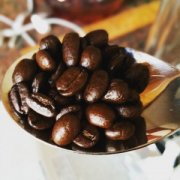
How is the market of coffee beans in Papua New Guinea? which brand of Papua New Guinea coffee is good?
Professional baristas Please follow the Coffee Workshop (Wechat official account cafe_style) another special thing is that the variety of coffee planted by Chimere cannot even be counted with one hand: Typica, Arusha, BlueMountain, MundoNovo, Catimor, Caturra or more-in fact, just as you don't put eggs in the same basket, most
Related
- Detailed explanation of Jadeite planting Land in Panamanian Jadeite Manor introduction to the grading system of Jadeite competitive bidding, Red bid, Green bid and Rose Summer
- Story of Coffee planting in Brenka region of Costa Rica Stonehenge Manor anaerobic heavy honey treatment of flavor mouth
- What's on the barrel of Blue Mountain Coffee beans?
- Can American coffee also pull flowers? How to use hot American style to pull out a good-looking pattern?
- Can you make a cold extract with coffee beans? What is the right proportion for cold-extracted coffee formula?
- Indonesian PWN Gold Mandrine Coffee Origin Features Flavor How to Chong? Mandolin coffee is American.
- A brief introduction to the flavor characteristics of Brazilian yellow bourbon coffee beans
- What is the effect of different water quality on the flavor of cold-extracted coffee? What kind of water is best for brewing coffee?
- Why do you think of Rose Summer whenever you mention Panamanian coffee?
- Introduction to the characteristics of authentic blue mountain coffee bean producing areas? What is the CIB Coffee Authority in Jamaica?

